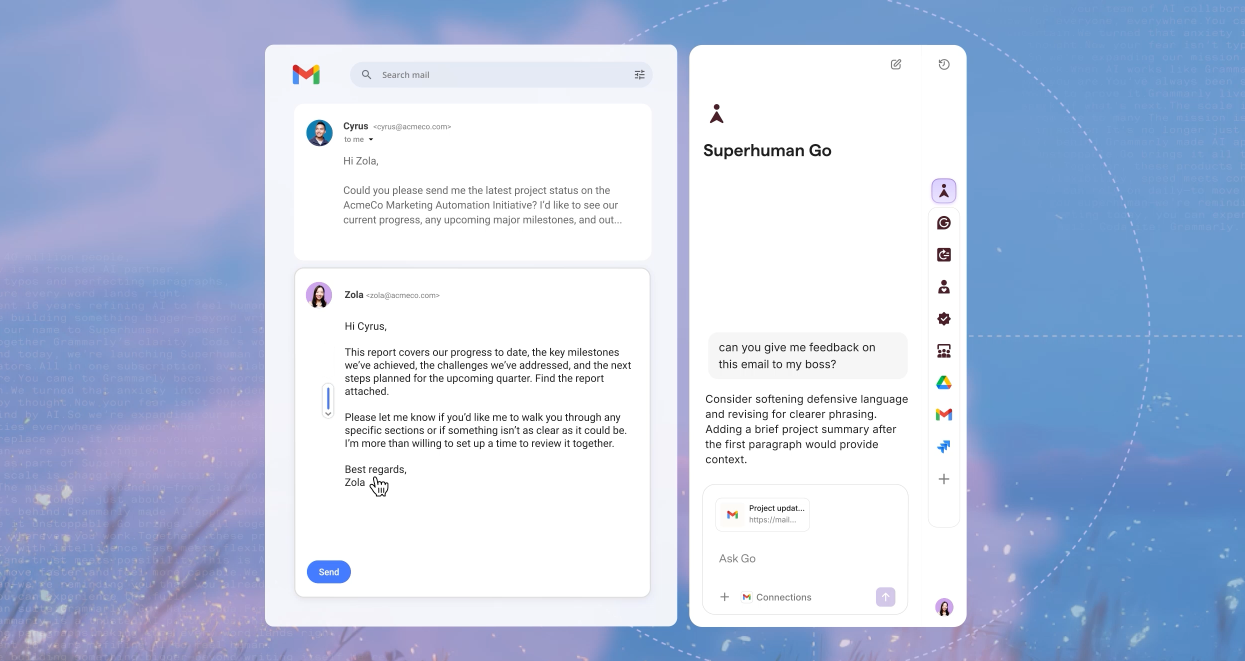General Netiquette
By
Tech & Learning
published
Add us as a preferred source on Google
Tip:
The following points apply to all types of electronic communication:
- Make your messages brief and concise.
- Be professional and courteous, as you are representing the teaching profession.
- Set an example as an educator by using proper spelling, grammar, and capitalization even if this isn't always the standard.
- Don't use all capitals in your subject line or in your message unless you want to emphasize something. It is considered the equivalent of SHOUTING. If you want to make a point, try using *asterisks* or _underscore_ around the word or phrase you want to stress.
- Give your message a meaningful subject heading that reflects the content of the email. It helps the recipient to sort them easily.
- Clip the content of the original message in a reply and include only the part that is pertinent. That way the reader doesn't have to scroll forever to remember what was said.
- Ask the original author's permission before forwarding their message to someone else.
- Be careful with humor and sarcasm. Without the benefit of body language or vocal inflection, your words can be easily misinterpreted. Try using smileys, or emoticons, if you want to make sure the reader knows you are joking (but sparingly, because they can get annoying too!).
- Use acronyms sparingly (for example: IMHO = in my humble opinion, BTW = by the way), as all readers may not know what they mean. A list of commonly used Internet acronyms and emoticons can be found at here.
- Never give anyone else your login identification or password.
- Remember that new users may make mistakes. Be patient.
For more information and the complete article, go to http://www.techlearning.com/db_area/archives/WCE/archives/netiquet.htm
Submitted by:Joni Turville
St. Albert, Alberta, Canada
Tech & Learning Newsletter
Tools and ideas to transform education. Sign up below.
TOPICS
MORE FROM TECH & LEARNING...
